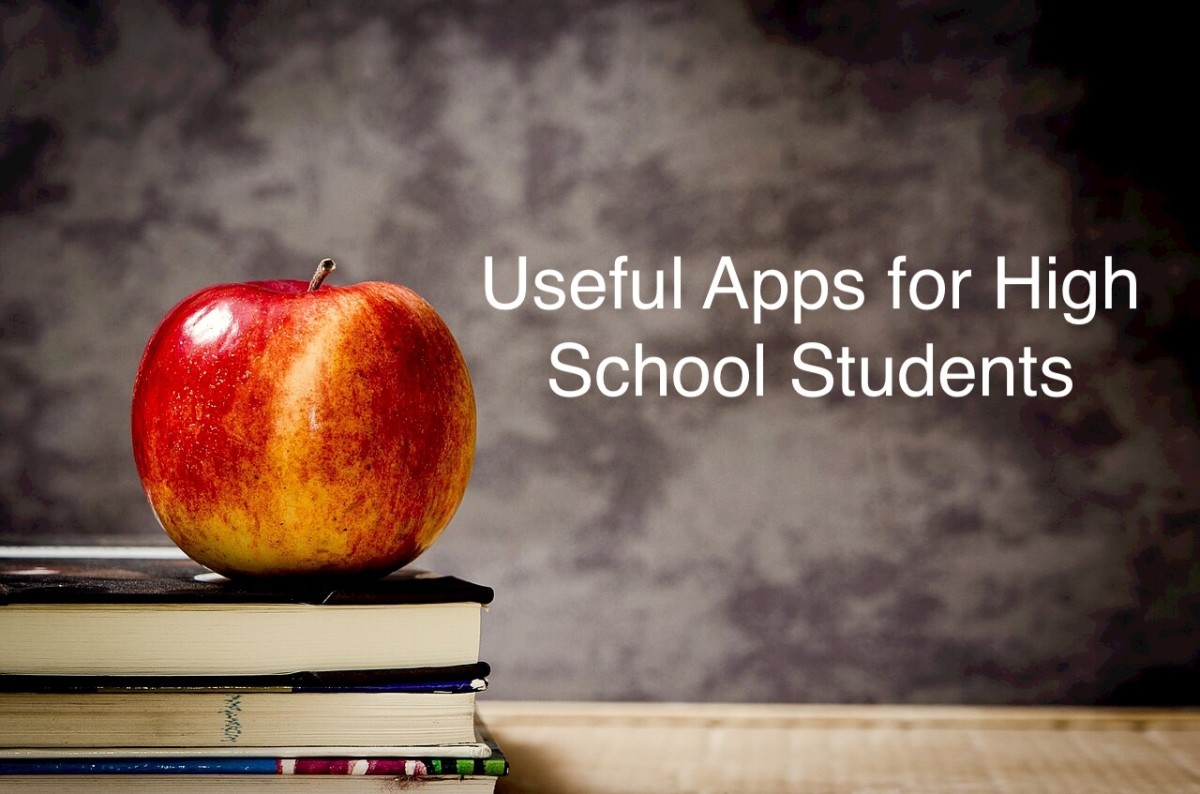How to write a Research Paper for High School Students




How to make a research paper for High School Students
Writing a Research Paper is not a frightening experience. You can treat it as an adventure as you delve deeper to the minds of those frontrunners of evolution, scientists, inventors, anthropologists and the like. Try to think the world without research; it would be bleak and desolate, isn’t it? So try these simple steps, and viola! You can launch your own research pad.
A. The purpose of writing a research paper
a. To learn how to use the library and the web efficiently
b. To develop habits of purposeful reading and note taking
c. To learn how to organize information taken from various sources and develop it into a unified composition
d. To know the rules of footnoting, bibliography and other elements that go into a research paper.
B. The choice of a topic
Choose a topic that fascinates you, arouses your curiosity, or captures your imagination. It should be something that you are eager to discover more or that can help you in the for-seeable future.
a. Do not choose a topic from personal experience. Topics on personal experience do not require research.
b. Do not choose a topic which would be developed from a single source.
c. Do not choose a topic for which satisfactory evidence is not available.
d. Do not choose a topic which has more than ten resources.
e. Do not choose a topic which is highly controversial for it is too comprehensive and it might lead to attacking or defending it without sufficient evidence.
C. The review of related literature to limit your topic
Limiting the topic is a very important aspect of research paper. Select only the aspect that would interest you most and which you would enjoy writing about.
a. Try to discover whether the topic does not cover too many aspects.
b. To cover these topics in your research paper would be a hard task.
c. Do not devote all your time and effort for you have other things to pursue.
D. The gathering of materials
Consider the following before taking into consideration the work of the author:
a. The qualification of the author
b. The date of publication
c. The type of magazine in which the materials appears. Make sure that it is taken from respected periodicals or books.
E. The taking down of notes
a. In standardized forms, notes should be written on 4x6 inches or 3x5 inches index cards. The advantage of taking notes on these cards is that it is easier for you to shuffle. Moreover, you can easily discard unimportant notes.
b. Each card should contain two kinds of information: the fact or opinion being noted and the exact source. The second is very important in footnotes or endnotes.
c. Only one note should be written on a card.
d. Leave enough space on the top so you may write the subject heading.
e. Write only one side of the card.
F. The presentation of source materials
a. Acknowledge your source to avoid Plagiarism
b. Summarize the quotations if possible
c. Make sure not to distort the true meaning and context of the source
d. If you use the exact words of the writer make sure to use quotation marks
e. Prose quotations of three short sentences or less are to be written as part of a paragraph
f. In including quotation poetry, begin two spaces below the last line and should be indented.
G. The outlining of the research paper
The outline is the backbone of the research paper. It serves as its framework.
a. While working on the note taking make a periodic attempt to group and create running outline.
b. Make a preliminary outline to discover a thesis or to test one which is beginning to shape in mind.
c. Make a final outline for a more thorough preparation of your research paper.
H. The composition of the research paper
The research paper must not be a package of stringing together the information gathered but a complete reworking of the source material gathered. It must include the following:
a. The Thesis Statement – a statement that is your focal point in writing your research paper. Your aim is to convey your ideas on your research.
b. The Introduction – you can introduce your topic by citing an anecdote, statistics or a direct quotation.
c. The Body – this is the meat of the paper, all the substantial proof from the data you have gathered should be reflected in here.
d. The Conclusion – the conclusion should be a summary of the main point from the data gathered and then end it with a challenge or an intriguing question.
I. The Bibliography
This includes the materials and sources of information gathered. This a sample format of a bibliographic entry:
Brinkley, Allan. 1982. Voices of Protest: Huey Long, Father Coughlin, and the Great Depression. New
York: Alfred A. Knopf.
Be sure to alphabetize the entries.
P.S. The process may be tedious, but it’s worth the try for one may be adept in not just be contented of what one has but to seek more and discover that the world is not just what the eyes can see.









